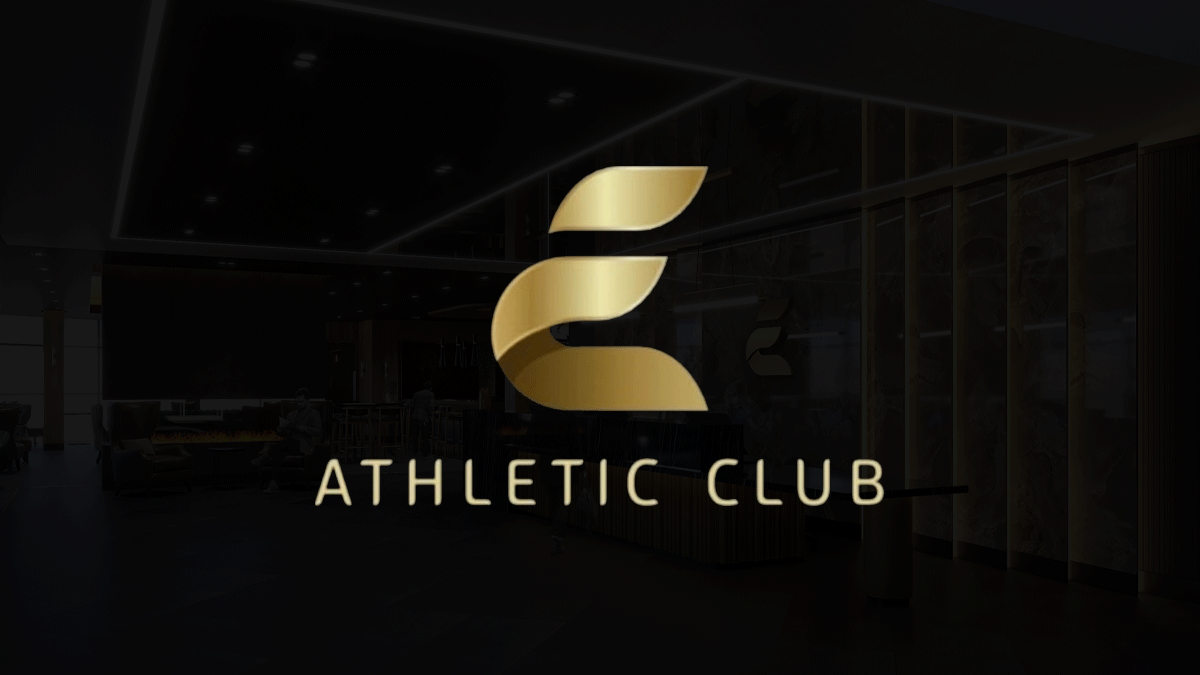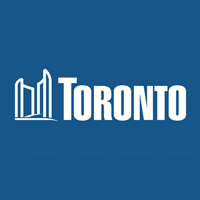I think there were two factors in the drop in memberships at the Y. Tough economic decline and a reduction in downtown workers, but also competition from other gyms that popped up in office buildings. I used to be a member at the downtown Y up until about 2009 - when a gym subsidized by my company opened in my building. Gyms were opening up in other buildings also, and most of these gyms were just for tenants of the buildings, which kept them from getting too busy. Also as in the case of my building's gym, it was cheap, something like $20 a month. My wife kept her Y membership because of the pool, but a huge number of people used the Y mainly for the gym.
I think how we provide recreation facilities and access to them needs a systematic rethink in Calgary. There's a bunch of facilities produced through many different service models over the decades, but I will focus on our current (in my opinion, flawed) model.
Compared to others, Calgary's current approach is only capable of creating larger and fancier - but fewer and very infrequently built - facilities that are mostly scattered across the suburbs. Few of these are accessible by anything but car, admission costs and monthly passes are very high. How did this happen?
I think public recreation's purpose drifted from what it should be trying to do. Over the years increased demands for specialized facilities (wave pools, leisure ice, climbing walls) and middle and upper class needs (hockey rinks, generous parking), slowly pulled recreation towards an approach where a facility
should have these things, as opposed to them being nice-to-have extras on a basic service provision. This pushed the facility cost and size up, making inner city sites too constrained to meet the new "standard" provision.
We have chose a recreation provision model that can only produce giant, expensive, recreation facilities in a suburban format operated by a third party. It's not a success to have the
1st and 2nd largest YMCAs in the world at a cool $300M if the vast majority of people, particularly low-income and limited mobility folks, can't access recreation facilities because they are 5, 10 to 20km away.
T
oronto's approach is much different. It assumes some basic recreation and fitness functions should be reasonably close to where people live everywhere, suburbs and inner city alike.
The result is often far more basic facilities, but a far better access and location provision. Toronto has 40+ gyms/weight rooms, 30+ indoor pool locations.
Importantly, this focus on general access carried over to costs. Here's what you'd pay for a pass annually:
| Toronto - city facilities (40+ locations) | Calgary - city facilities only (16 locations) | Calgary - YMCA (6 locations) | Calgary - MNP Centre (1 location) |
| Full access (classes + weights + gym + pool) | $300 / year | $803 / year | $1,025 / year | $895 / year |
If you never take a class, Toronto discounts the pass ($240 annually), and if you only want weight room and gyms (no pools), annually it's only $190. None of these options exist in Calgary - you're always paying for full access if you have a pass. Toronto also has
free recreations centres in lower-income areas, and a
similar sliding-scale rebate program to Calgary's low-income pass.
So what gives? The main difference is the philosophical approach to recreation - access to recreation and fitness are treated as privileges (perhaps not intentionally, but definitely as an outcome) in Calgary, less so in Toronto that takes a more universal approach. We have a system that's cheap for taxpayers, but expensive for some, and inaccessible to many.







